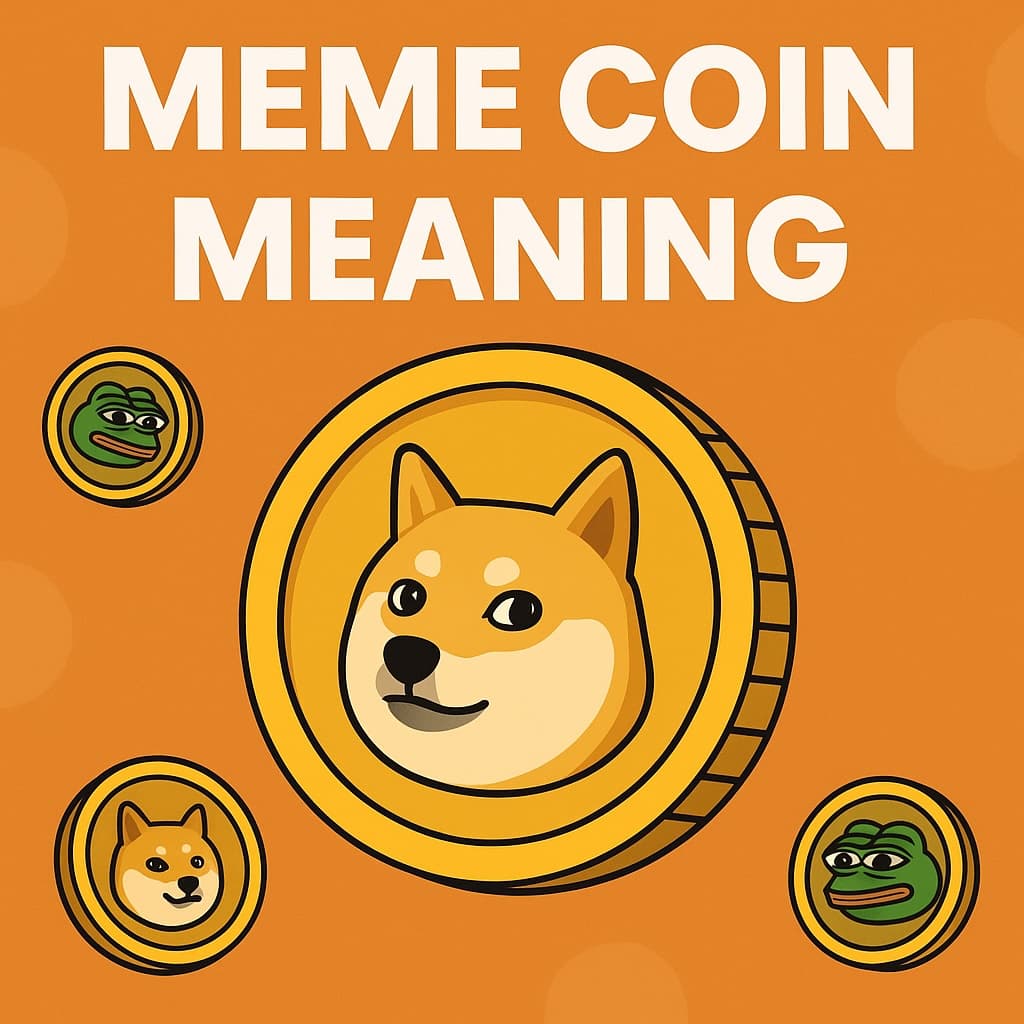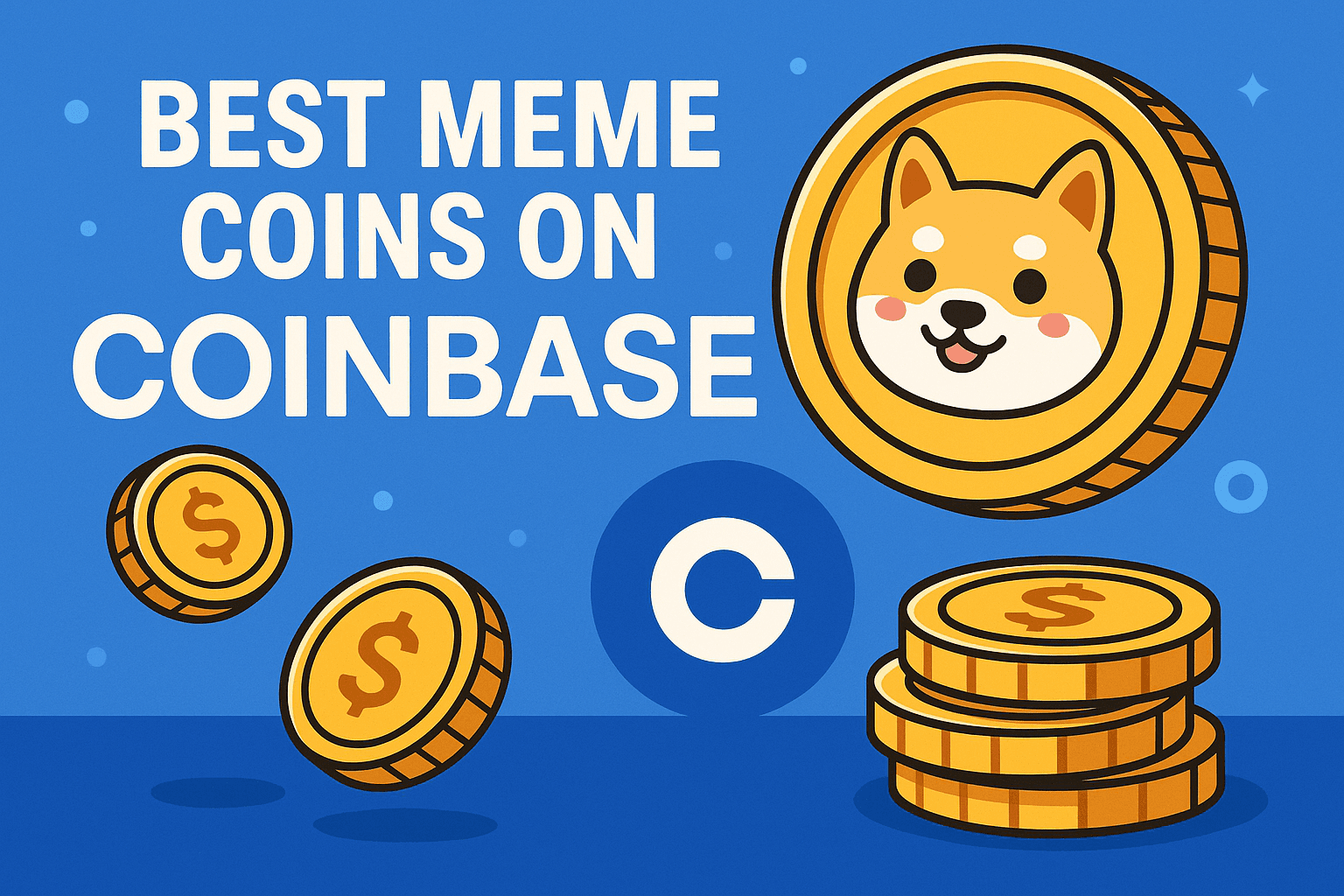.jpg&w=3840&q=75)
DeFi 2.0 vs DeFi 1.0 | What Changed in Crypto Finance?
Decentralized Finance (DeFi) has transformed the financial landscape, offering permissionless, transparent, and accessible alternatives to traditional banking. Since its inception, DeFi has evolved significantly, giving rise to what many now call DeFi 2.0. But what exactly sets DeFi 2.0 apart from DeFi 1.0, and why should crypto enthusiasts care? In this post, we’ll break down the key differences, explore the innovations of DeFi 2.0, and discuss what it means for the future of decentralized finance.
Understanding DeFi 1.0: The Foundation
DeFi 1.0, which gained traction around 2018–2020, introduced the world to decentralized financial protocols built primarily on Ethereum. Platforms like Uniswap, Compound, and MakerDAO became household names in the crypto space, offering services such as:
- Decentralized Exchanges (DEXs): Enabling peer-to-peer token swaps without intermediaries.
- Lending and Borrowing: Allowing users to lend crypto assets or borrow against collateral.
- Stablecoins: Providing crypto-backed stable assets like DAI.
- Yield Farming: Incentivizing liquidity provision with token rewards.
These protocols were groundbreaking, but they weren’t without flaws. DeFi 1.0 faced challenges like:
- High Gas Fees: Ethereum’s network congestion made transactions expensive.
- Capital Inefficiency: Protocols often required over-collateralization, locking up significant capital.
- Liquidity Issues: Many projects struggled with low liquidity or relied heavily on mercenary capital (users chasing high yields).
- Security Risks: Smart contract vulnerabilities led to hacks and exploits, costing billions.
Despite these limitations, DeFi 1.0 laid the groundwork for what was to come, proving that decentralized finance could rival traditional systems.
DeFi 2.0: The Next Evolution
DeFi 2.0 emerged around 2021 as developers sought to address the shortcomings of DeFi 1.0 while introducing new features to enhance scalability, efficiency, and user experience. Often described as a more sustainable and user-centric iteration, DeFi 2.0 focuses on innovation in several key areas.
1. Improved Capital Efficiency
DeFi 2.0 protocols prioritize unlocking trapped capital and making assets work harder. For example:
- Undercollateralized Loans: Projects like Alchemix allow users to borrow against future yield without over-collateralization, freeing up capital for other uses.
- Protocol-Owned Liquidity (POL): Instead of relying on external liquidity providers, DeFi 2.0 platforms like OlympusDAO use treasury-backed liquidity to ensure stability and reduce dependency on yield farmers.
2. Layer 2 and Cross-Chain Solutions
To combat high gas fees and slow transactions, DeFi 2.0 embraces Layer 2 scaling solutions (e.g., Optimism, Arbitrum) and cross-chain interoperability. Protocols like Aave and Curve now operate across multiple blockchains, including Polygon, Avalanche, and Solana, offering faster and cheaper transactions.
3. Sustainable Incentives
DeFi 1.0’s reliance on high-yield farming often led to unsustainable token emissions and price dumps. DeFi 2.0 introduces mechanisms like:
- Bonding and Staking Models: Projects such as OlympusDAO use bonding to sell tokens at a discount in exchange for long-term commitment, reducing sell pressure.
- Dynamic Yield Adjustments: Protocols like Yearn Finance V2 optimize yields by automatically reallocating funds to the highest-return opportunities.
4. Enhanced Governance and Community Ownership
DeFi 2.0 emphasizes decentralized governance and community-driven development. DAOs (Decentralized Autonomous Organizations) play a bigger role, with token holders having more say in protocol upgrades. For instance, SushiSwap has evolved to give its community greater control over treasury management and strategic decisions.
5. Risk Mitigation and Insurance
Learning from DeFi 1.0’s security issues, DeFi 2.0 integrates decentralized insurance protocols like Nexus Mutual and Cover Protocol to protect users from smart contract failures or hacks. Additionally, audits and bug bounties are now standard practice for reputable projects.
Reach our audience of developers and tech enthusiasts with your product or service.
Key Projects Driving DeFi 2.0
Several protocols exemplify the DeFi 2.0 ethos:
- OlympusDAO: Pioneering protocol-owned liquidity and bonding mechanisms to create a decentralized reserve currency.
- Alchemix: Offering self-repaying loans that use yield to pay down debt automatically.
- Abracadabra Money: Utilizing interest-bearing tokens as collateral for stablecoin borrowing.
- Tokemak: Acting as a “liquidity router” to direct liquidity where it’s needed most.
These projects showcase how DeFi 2.0 is pushing boundaries to make decentralized finance more efficient and accessible.
DeFi 1.0 vs DeFi 2.0: A Side-by-Side Comparison
| Feature | DeFi 1.0 | DeFi 2.0 |
|---|---|---|
| Capital Efficiency | Over-collateralized, capital-intensive | Undercollateralized, highly efficient |
| Liquidity | Reliant on external providers | Protocol-owned liquidity |
| Scalability | Limited to Ethereum, high gas fees | Layer 2 and cross-chain support |
| Incentives | High-yield farming, often unsustainable | Bonding, staking, dynamic yields |
| Governance | Limited community control | Community-driven DAOs |
| Risk Management | Minimal insurance, frequent hacks | Decentralized insurance, robust audits |
Why DeFi 2.0 Matters
DeFi 2.0 isn’t just an upgrade—it’s a step toward mainstream adoption. By addressing the inefficiencies of DeFi 1.0, it makes decentralized finance more appealing to both retail and institutional users. Lower fees, sustainable yields, and enhanced security create a more inclusive ecosystem, while cross-chain compatibility expands access to users on different blockchains.
For crypto investors and enthusiasts, DeFi 2.0 offers exciting opportunities. However, it’s not without risks. New protocols often come with experimental mechanics, and not all projects will succeed. Always conduct thorough research and consider the volatility of the crypto market before participating.
The Future of DeFi
As DeFi 2.0 continues to evolve, we can expect further innovations, such as:
- Integration with Real-World Assets: Tokenizing assets like real estate or commodities for use in DeFi protocols.
- AI-Driven Yield Optimization: Using artificial intelligence to maximize returns and manage risk.
- Regulatory Clarity: As governments define crypto regulations, DeFi 2.0 may adapt to balance decentralization with compliance.
DeFi 2.0 is still in its early stages, but it’s clear that it’s building on the successes and lessons of DeFi 1.0 to create a more robust financial ecosystem.
Conclusion
DeFi 2.0 represents the natural evolution of decentralized finance, addressing the pain points of DeFi 1.0 while introducing innovative features like protocol-owned liquidity, cross-chain scalability, and sustainable incentives. For anyone interested in the future of finance, understanding the differences between DeFi 1.0 and DeFi 2.0 is crucial. As the space grows, staying informed about emerging protocols and trends will help you navigate this exciting frontier.
Want to dive deeper into DeFi 2.0? Follow our blog for the latest updates on blockchain and cryptocurrency trends, and join the conversation on X to share your thoughts!


